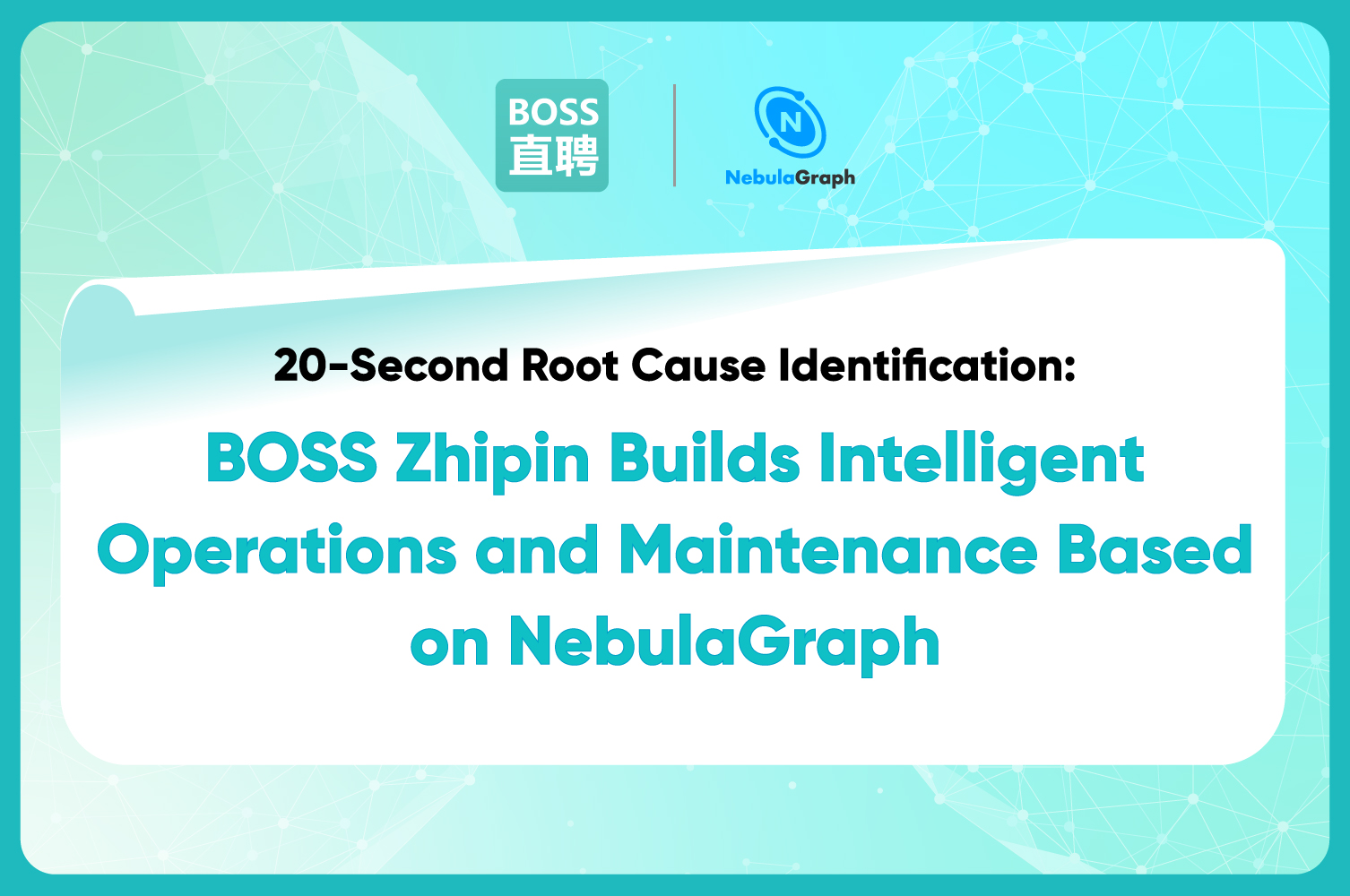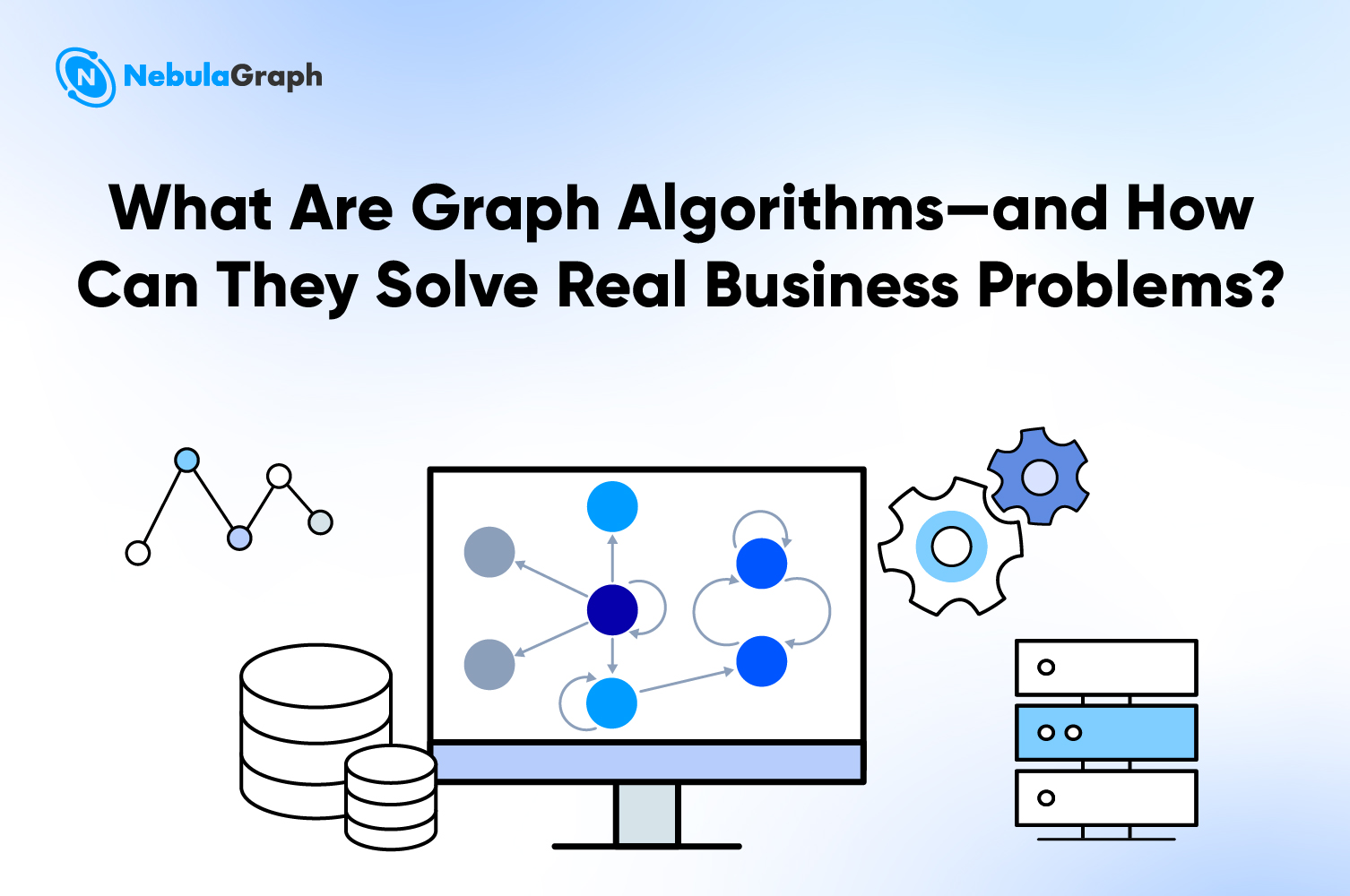GQL
Graph Databases Revolutionized: Why GQL is the New Standard
What is GQL?
Graph Query Language (GQL) is a specialized language designed for graph databases, paralleling the role that SQL plays in relational databases.
Background
GQL is the second language in the entire database field, having undergone approximately five years from the initial establishment of the project to its final release. Initially, scholar Alastair Green found that the graph database field was fragmented, with various query languages such as Cypher, GSQL and PGQL. Recognizing the redundancy and need for standardization, Green advocated for a unified, standardized language for querying graph databases. His proposal garnered widespread support, with over 4,000 organizations and individuals participating in a vote, resulting in a 95% approval rate for the creation of a standard language for graph database queries.In May 2024, ISO officially released ISO/IEC GQL.
Comprehensiveness
GQL is a comprehensive language that includes Data Manipulation Language (DML), Data Definition Language (DDL), and Data Query Language (DQL), effectively covering all necessary aspects of database operations. This capability allows GQL to support the creation, deletion, modification, and querying of graph data, as well as the definition and modification of the structure of graph databases. GQL aims to provide a unified standard for querying and managing graph databases, thereby enhancing interoperability and reducing dependency on specific graph database vendors.
What impact will GQL have?
Enhancing the Importance of Graph Database Technology
The establishment of GQL as a standard underscores the significance of graph database technology. Since 2013, graph databases have been at the forefront of database technology trends.According to Gartner, 80% of data and analytics innovations will use graph technologies by 2025.
Reducing Learning and Migration Costs
The market is replete with graph database vendors, each with their own query language, leading to high learning and migration costs. GQL standardization mitigates these costs by providing a unified language, facilitating easier transitions and switches between different graph database products.
Promoting the Application and Development of Graph Databases
Graph databases have evolved through various stages, from initial confusion about the concept to widespread recognition of their problem-solving capabilities. Today, they have proven their value in applications such as public security, recommendation systems, data selection, and supply chain manufacturing. The standardization of GQL is expected to further promote their application and development.
Encouraging "Thinking in Graph"
Nowadays, graph databases have passed the capability verification phase and have arrived at a critical time where they are used to think about and solve problems. GQL standardization is crucial for promoting the concept of "Thinking in Graph" , enhancing efficiency and enthusiasm for new database products and languages.
Active Engagement from Education and Academia
Currently, numerous universities both domestically and internationally are looking to collaborate with NebulaGraph to offer courses related to GQL, preparing students who are about to enter the workforce to understand and utilize this new database language.
What challenges will GQL face?
Despite its potential, the promotion and application of GQL will face several key challenges:
Adaptability Challenge for Database Vendors
Database vendors each have their own unique languages and architectural systems. Faced with the implementation of the new GQL language, how will these vendors respond? Some may choose to directly adapt, converting GQL into their own proprietary languages and implementing a conversion mechanism. However, this approach could lead to a significant decrease in performance, and as GQL continues to evolve, this adaptation method may gradually fail to meet new demands. Therefore, for database vendors, aligning their graph database products with GQL is an extremely challenging task.
But for NebulaGraph, this is merely following a trend of technological integration, as NebulaGraph has been fully committed to supporting GQL for two years. From the very beginning of GQL's proposal and formulation, NebulaGraph has been deeply involved, frequently obtaining the latest information and continuously optimizing its underlying data architecture to ensure outstanding performance when executing GQL.
Transformation Challenge at the Application Layer
For the application layer, retrofitting existing database products to accommodate GQL presents a challenge. Graph databases are typically used in online applications that require handling a large number of real-time queries, thus demanding extremely high stability. The design logic of most application vendors is to make as few changes as possible to the existing system. Consequently, asking them to replace all query languages with GQL involves a substantial amount of work.
Talent Reserve Issue
GQL was just released on April 12th of this year, and currently, most people have limited understanding of GQL. Learning a new language and applying it in a real-world work environment requires a considerable amount of time. Therefore, building a talent pool becomes another challenge in promoting GQL.
Inadequacies within GQL Itself
The V1 version of GQL still has room for improvement in areas such as modifying graph types, indexes, and primary keys, and it is anticipated that future versions will address these issues. We need to allow GQL ample time to become more refined and robust, and in the meantime, we also gain more time to adapt to the requirements of GQL.
Conclusion
In summary, GQL as the standardized language for graph databases will not only enhance the importance of graph database technology and reduce learning and migration costs but also promote the application and development of graph databases, encourage "Thinking in Graph" and gain active participation from the education and academic sectors.
Despite the many challenges GQL will face, overall, the future of GQL is full of hope and excitement. Because when we embrace GQL, we are not just adopting a new standard; we are stepping into a future where the possibilities are as vast as the connections within a graph. We must rise to challenges and harness the collective power of innovation to unleash the full potential of GQL.


